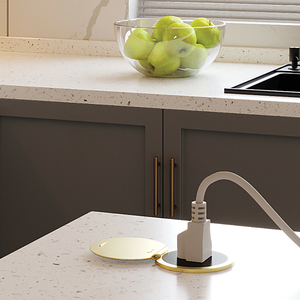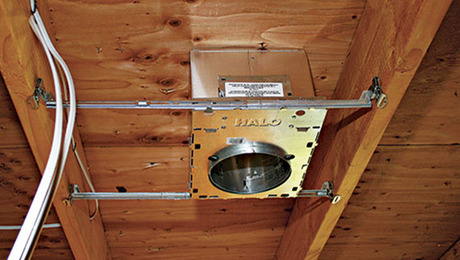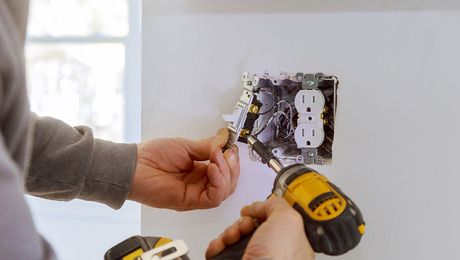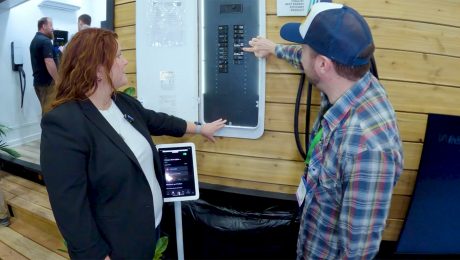More Wires Need Bigger Boxes
The National Electrical Code limits the number of wires in a box. Here's how to figure the size box you need.
Box-fill calculations are done to make sure there’s enough room in an electrical box to accommodate safely the wires, splices, cable clamps (usually none in plastic boxes) and outlets or switches that you intend to put in the box.
The volume in cubic inches is usually marked inside nonmetallic boxes. If it’s not, you can measure the inside dimensions of the box and figure it yourself.
Here’s how to figure the size box that complies with the NEC.
Step one
Add up the wires and devices, A K A “conductor equivalents” (wires that start and end in the box — pigtails — aren’t counted)
Each current-carrying wire = 1
All ground wires together = 1
All clamps together = 1
Each receptacle or switch = 2
Step two
Multiply the number of conductor equivalents (total from step one) by their volume factor in cubic inches (listed below)
14-ga. wire takes 2 cu. in. per conductor
12-ga. wire takes 2.25 cu. in. per conductor
10-ga. wire takes 2.5 cu. in. per conductor
If a box contains different gauges of wire, use actual volume factors for the wires and the largest volume factor for ground wires, devices, and clamps.
Example
A PVC box has two 14/2 cables, one 14/3 cable, and one receptacle. The box has no internal clamps. What’s the minimum box volume needed?
Step 1. Count the conductors:
2 conductors per 14/2 cable x 2 cables = 4
3 conductors in the 14/3 cable = 3
All grounds together = 1
No internal clamps = 0
Receptacle outlet = 2
Total conductor equivalents = 10
Step 2. The volume factor for 14-ga. wire is 2 cu. in., so:
10 conductor equivalents
x 2 cu. in.
= 20 cu. in. box
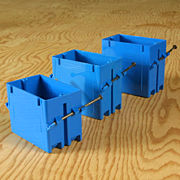 Single-gang boxes come in three sizes, 18 cu. in., 20.4 cu. in. and 22.5 cu. in. Although smaller is cheaper, larger may avoid box-fill violations.
Single-gang boxes come in three sizes, 18 cu. in., 20.4 cu. in. and 22.5 cu. in. Although smaller is cheaper, larger may avoid box-fill violations. 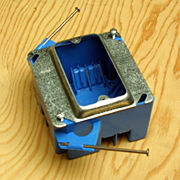 A 4-in. junction box solves most box-fill problems. Throw on a single- or double-gang plaster ring that comes flush with the drywall, and you’ve got a box that’s hard to overfill.
A 4-in. junction box solves most box-fill problems. Throw on a single- or double-gang plaster ring that comes flush with the drywall, and you’ve got a box that’s hard to overfill.
Clifford A. Popejoy is a licensed electrical contractor in Sacramento, California. See his article “Adding an Outside Outlet” in the February/March 2004 issue of Fine Homebuilding (#161).
Photos: Andy Engel


